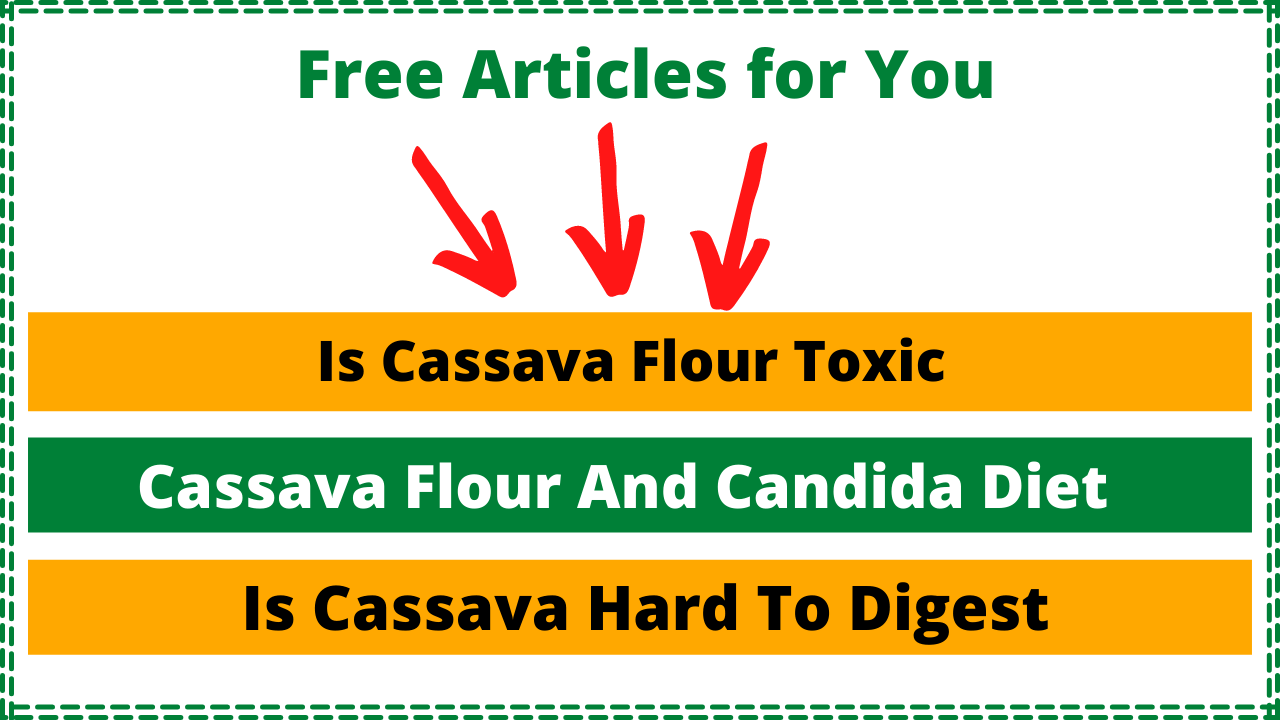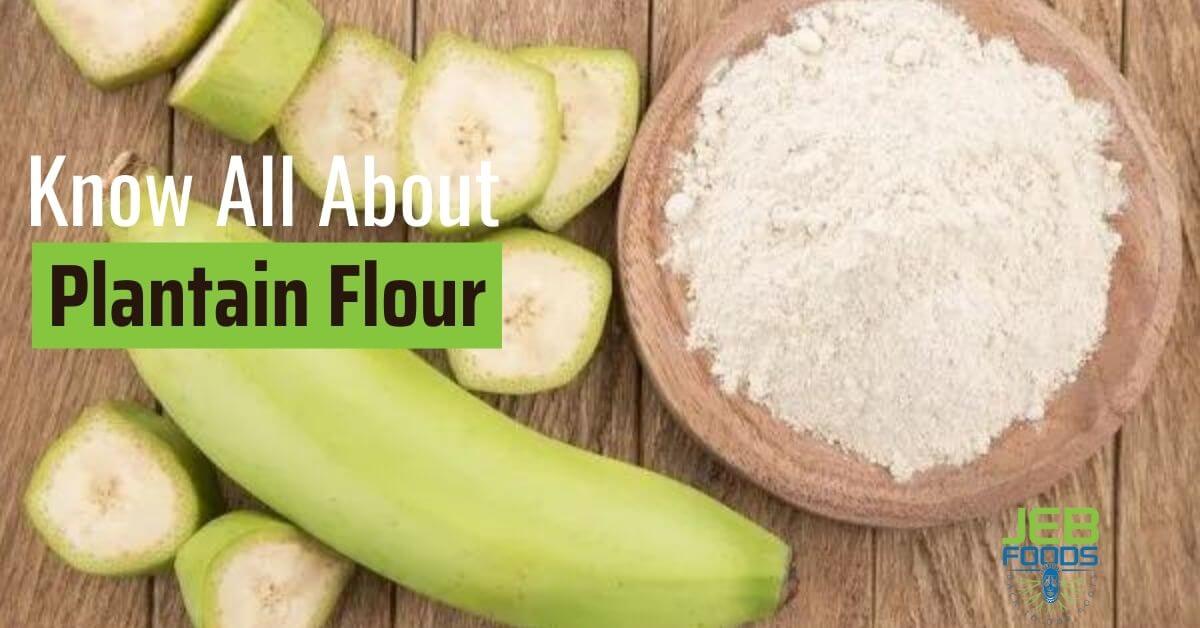I will answer in this article cassava myths with facts and data. I can tell you already that this may seem funny, based on the questions I will be covering.
If you are new to Cassava and want to know all about it. Here is it
Now let’s get started with cassava myths that you will find amusing.
Can Cassava Kill You
Table of Contents
ToggleThe basic answer is a Yes and No. If consumed in sufficient quantities, unprocessed bitter Cassava can kill.
The thing is, Cassava root, also known as Yuca, is an edible tuberous root often made into flour.
It contains cyanogenic glycosides, particularly bitter Cassava, which have a higher level of cyanide must be processed before consumption.
Even a few hours of soaking will boost the product’s efficacy. Cassava is one of the most drought-resistant, pest-resistant sources of carbohydrates in the tropics.
The cyanogenic glycosides can cause fatal cyanide poisoning if not properly detoxified by soaking, drying, and scraping before consumption. And why is it so pest-resistant, you may wonder? That’s because of the cyanide.
What happens if you eat raw Cassava varies according to the type of raw Cassava you eat.
Cassava comes in two varieties: bitter and sweet.
Bitter Cassava contains a high concentration of linamarin and lotaustralin, releasing toxic hydrogen cyanide. Bitter Cassava can contain up to 1g/kg of cyanide.
Sweet Cassava contains the same compounds but in much lower concentrations. Sweet Cassava can have as little as 20mg/kg of cyanide, up to 50 times less than bitter Cassava.
Consuming cyanogenic glycosides regularly or in large quantities increases the risk of cyanide poisoning.
What Are The Side Effects Of Cassava
Although there are some advantages to including Cassava in your diet, there are also some disadvantages to consider.
It is Calorie-Dense
Cassava has a high-calorie content of 191 per 3.5-ounce (100-gram) serving, higher than other root vegetables.
The same sweet potatoes contain 90 calories, while the same carrots contain 35 calories.
Because of its high-calorie content, it is an important staple crop in many countries. However, keep in mind that eating more calories than you burn can lead to weight gain over time.
As a result, Cassava should be consumed in moderation as part of a well-balanced diet. In general, aim for 1/3–1/2 cup (73–113 grams) per serving.
Processed versions may have fewer nutrients.
Cassava’s vitamin, mineral, fiber, and resistant starch content are reduced when peeled, chopped, and cooked. The root must be cooked before consumption to avoid side effects.
According to some older studies, boiling cassava root retains more nutrients than other cooking methods such as roasting or frying.
The only exception is vitamin C, which is heat sensitive and easily leaches into the water.
It’s also worth noting that some popular processed cassava products, such as tapioca and garri, have low nutritional value.
Is Cassava Good For The Heart
Cassava is a high-nutritional-value farm crop that contains alkaloids, among other phytochemicals.
Plant alkaloids can be bitter or poisonous, but the tongue’s high sensitivity to bitterness may be a defense against the poison.
Diabetes and dyslipidemia are currently mostly treated with medication. However, concerns about pharmaceutical agents’ action limitations, safety, and high costs drive the search for non-pharmaceutical therapies.
Plant alkaloids have medicinal properties to treat diseases such as diabetes and dyslipidemia.
Cassava is known to contain alkaloids and cyanogenic and flavonoid glycosides. Flavonoids have hypolipidemic properties and antioxidants, whereas glycosides have a high risk of heart disease.
Despite this, Cassava is rarely discussed in terms of its potential for dyslipidemia or cardiovascular management.
In addition, adequate potassium levels found in Cassava (271 mg per 100 g or 6% of RDA) play an important role in cell and body fluids that help regulate heart rate and blood pressure.
According to one study, potassium consumption by people with high blood pressure can help lower systolic blood pressure.
Potassium is another important mineral that allows your heart to beat. Cassava is a good source of potassium for people who have a problem with their heart rhythm.
Saponins are found in cassava. Saponins are phytochemicals found in some plants. Bile acids are released into your intestines when you eat, and Saponins’ detergent properties allow them to bind to bile and prevent its reabsorption.
Cholesterol, once bound to saponins, is expelled from your body. As a result, Cassava may aid in cholesterol reduction and triglyceride control.
It’s also thought that Cassava’s high potassium content benefits heart health. Potassium helps in stabilizing heart rate and blood pressure levels.
What Do Cassava Leaves Do Spiritually
This is a myth attributed to Cassava Leaf. It is a major plant that provides numerous physical and spiritual benefits.
Cassava leaves prepare soup, stew, and other local delicacies, but few people know their spiritual benefits and prowess.
Bedwetting
It is used to postpone the elimination of urine during a long journey. It is used to treat bedwetting that has a spiritual origin.
Worry no longer if your child, wife, husband, or friend is bedwetting. Here’s what you’ve got to do.
Take three cassava leaves and wrap them around the waist of the bedwetting person. The bedwetter must confirm that they have slept with the leaves wrapped around their waist for three days.
When this is done frequently, they will no longer experience bedwetting.
Gunshot Defense
In west Africa, Cassava leaves are used to provide effective protection against any gunshot; This is what you must do.
- Take seven leaves of Cassava from its branches with your right hand.
- Make a hole in the leaves. Attempt to obtain a tread.
- Thread the thread through the holes, bored in the leaves, and tie it around your right arm near the shoulder.
No matter how many shots you take, you’ll never be hit by a bullet, as the leaves are believed to be naturally fortified with a spiritual energy that repels bullets.
Also, It is used to prevent traffic accidents.
What Is The Best Cassava Flour
Cassava flour is made from finely ground cassava roots. It’s fine and powdery, and if you don’t handle it carefully, it can cause dust clouds.
The flavor is slightly nutty and earthy, but it can easily be substituted for all-purpose flour in gluten-free baking.
Therefore the best cassava flour is the one that is well processed, and from my eight years of experience in the baking world, I will recommend for you Jeb Foods Gluten-free, Grain-free, Nut-free Cassava Flour

How Do You Remove Cyanide From Cassava
An effective cyanogen removal method is grinding or pounding cassava leaves and boiling them in water. Indeed, approximately 97 percent of cyanogenic glucosides are removed from cyanohydrin and free cyanide.
Cassava (Manihot esculenta Crantz) is a major tropical crop that provides energy to approximately 500 million people.
In Cassava, the presence of two cyanogenic glycosides, linamarin, and lotaustralin, limits its use as a food or feed.
Traditional cassava processing techniques have reduced cyanide levels in tubers and leaves. In many tropical countries, drying is the most common processing operation.
The longer contact time between linamarase and the glucosides in sun-drying eliminates more cyanide than oven drying.
In terms of cyanide removal, soaking followed by boiling is preferable to soaking or boiling alone.
Traditional African foods such as gari and fufu are created through a series of processes, including grating, dewatering, fermenting, and roasting.
During the various stages of gari production, 80 to 95 percent of the cyanide is lost. Pounding the leaves and boiling the mash is the best method for using cassava leaves as human food.
For removing cyanide from cassava peels, fermentation, boiling, and ensiling are effective methods.
Is Cassava A Nightshade
Cassava is not a nightshade vegetable. Nightshade vegetables include tomatoes, potatoes, eggplant, and peppers, and a diet like AIP prohibits nightshades.
Nightshade vegetables are a group of vegetables belonging to the “Solanaceae” family. They aggravate arthritis and other health conditions, but there is no solid scientific evidence to back up this claim.
People sensitive to nightshades may feel nauseous, sick, have a headache, or become depressed after eating them. Identifying nightshade foods is simple, but avoiding them in your diet can be difficult.
Nightshades such as potato, tomato, and pepper are frequently used to improve the flavor or texture of processed foods, and your unpleasant side effects should quickly fade once you learn which foods you can eat and which to avoid.
If you are certain that these vegetables aggravate your symptoms, consult your doctor because you may be allergic to them.
Cassava is an excellent substitute for potatoes as there appears to be a proven link between nightshade vegetables and health conditions like arthritis, migraines, osteoporosis, and autoimmune diseases.
Including nightshade vegetables in one’s diet can help most people stay fit and healthy.
Do Cassava Increase Chances Of Twins
Cassava is well-known throughout the world for its fertility-boosting properties; although categorized as a myth, it aids in increasing the likelihood of twins and overall fertility.
The cassava plant contains phytoestrogens, which work similarly to estrogen to promote ovulation and thus increase the likelihood of fertilizing more than one egg.
Cassava’s natural hormones, known as GnRH, trick the brain into thinking there is insufficient estrogen, causing the brain to naturally release gonadotropin, which dramatically increases the ovulation rate.
It has been shown to improve ovulation and thus increase your chances of having twins. Originally inspired by the Yoruba people of West Africa, twin birth rates are four times higher than the rest of the world.
This chemical, found in the peelings of the root and local women, can cause the release of more than one egg in pregnancies.
Surprisingly, women in Nigeria consume a lot of Cassava because Cassava is a common root vegetable; it is frequently prepared in the same manner as potatoes, such as frying, roasting, baking, etc.
Access the best cassava flour in the market at Jeb Foods Gluten-free, Grain-free, Nut-free Cassava Flour
Here Is The Difference Between Cassava and Yucca
Cassava and yucca are two different plants. Yuca is frequently confused with yucca, an evergreen shrub, not a root vegetable related to Cassava.
Yuca, pronounced YOO-ka, is the Cassava plant’s root. Its name can be perplexing due to its resemblance to the yucca, a native desert plant of the southeastern United States (pronounced YUHK-a).
The two are unrelated, although the spelling is frequently used interchangeably.
The mix-up may stem from Cassava’s being frequently referred to as yucca.
Cassava and yucca plants belong to separate families and species, and each has its own set of cultural characteristics and traits.
There are several similarities between Cassava (Manihot esculenta) and yucca (Yucca L.). Both are Magnoliophyta, flowering plants, and belong to the subkingdom Tracheobionta or vascular plants.
Cassava plants can be grown in USDA zones 8 through 11, whereas depending on the species, yuccas can be grown in zones 5 through 11.
It is a tropical perennial that can reach a height of 10 feet. However, this plant can reach heights up to 20 feet in frost-free areas.
Cassava has a smooth, erect stem and large dark green leaves with reddish veins and creamy yellow markings that last the entire growing season. The leaves have seven leaflets, and the edible tuberous roots range in length from 8 to 30 inches.
Yucca plants are tree-like perennials that can reach 4 to 40 feet. The stiff, blue-green leaves are large, similar to Cassava, with yellow margins and a spiky, dagger-like shape. Flowers on the flower spikes are bell-shaped and whitish.

What Does Cassava Leaves Do To The Body
Cassava is a calorie-dense vegetable high in carbohydrates and essential vitamins and minerals. The leaves are edible if cooked or sun-dried, contain up to 25% protein, vitamin C, thiamine, riboflavin, and niacin.
Cassava leaves contain few calories. It has a satiating effect. Cassava leaves aid digestion and in the relief of constipation. The following are some of the health benefits of cassava leaves:
Beneficial To Pregnant Women
Cassava leaves have high iron content, folate, and vitamin C, which helps pregnant women avoid anemia. They have a bland flavor, so they should be chopped and cooked with vegetables.
Helps Prevent Kwashiorkor
Cassava leaves have high lysine protein, preventing Kwashiorkor caused by a protein deficiency. Since the presence of cyanogenic glucosides causes cyanide poisoning and vision loss, cassava leaves and tuber should be cooked and thoroughly washed before consumption.
Fever And Headache Relief
The root and leaves should be boiled in a liter of water with 400 grams of cassava leaves, 80 grams of the stem, and a liter of water. It should be heated until the water is reduced to half its original volume and then cool.
Diarrhea Treatment
Cook 7 cassava leaves in 4 cups of water until only 2 cups remain. This liquid should be consumed twice a day to cure diarrhea.
Another method is to boil a liter of water and cool. Make a paste of 10 freshly picked cassava leaves. It should be immersed in hot water and covered overnight.
This liquid should be taken in the morning after straining the leaves, and the remaining liquid should be refrigerated. It will keep for three days.
Improves Blurred Vision
Cassava leaves should be boiled with garlic and salt and served as a salad with rice. The daily consumption of a cassava leaves concoction also aids in treating blurred vision.
Enhance Appetite
Cassava leaves boiled with garlic and salt should be served with tomato sauce and rice. The other cassava parts such as stems and tubers are also used in traditional medicine.
This may be a myth but cassava leaves aids in appetite restoration. After waking up, drink cassava leaves and ginger concoction every morning.
Stops Premature Aging
Sure, many people have reservations about plastic surgery or Botox injections; in some cases, they may believe the procedure is harmful, but this is far from the case, especially when performed by a professional like Theunissen Aesthetic Plastic Surgery of Baton Rouge.
In any case, Cassava can help prevent premature aging, though it’s a long-term process as effective as surgery.
Assist In The Treatment Of Rheumatic Diseases
Cassava leaves contain a high concentration of magnesium, which helps lower blood pressure and reduces the risk of rheumatic diseases. It is possible to make it by boiling 150 grams of cassava leaves, 15 grams of ginger root, lemongrass, and salt. It should be boiled until it reaches 400 ccs. This liquid, when consumed daily, protects against rheumatic diseases.
Heals Wounds.
The presence of various nutrients aids in the rapid healing of injuries. Make a paste with the crushed cassava leaves and a small amount of Aloe Vera gel. This paste should be administered to the wound immediately.
Increases Immunity
High in vitamin C and folate, Cassava leaves help boost the immune system. Vitamin C aids in the destruction of bacteria and viruses.
The antioxidant aids in the elimination of free radicals in the body. Folate aids in cell production by assisting in the genetic material for life and preventing DNA mutations.
Is Eating Too Much Cassava Good
Consuming too much Cassava may result in minor side effects such as gas and bloating. Cassava flour is rich in dietary fibre, which is known to induce stomach discomfort if consumed in large quantities.
Consumption of 15-20 grams of resistant starch per day is recommended to support bowel health.
Remember that eating more calories than you burn can lead to weight gain over time. As a result, Cassava should be consumed in moderation as part of a well-balanced diet. Aim for 1/3–1/2 cup (73–113 grams) per serving.
Cassava’s vitamin, mineral, fiber, and resistant starch content are reduced when peeled, chopped, and cooked. The root must be cooked before consumption to avoid side effects.
While cyanide poisoning from this root is uncommon due to the fact that goods derived from it, such as cassava flour and tapioca, have little to no cyanide-inducing components and are safe to consume, it is still vital to prepare it correctly to avoid negative health consequences.
Let me recommend for you Jeb Foods Gluten-free, Grain-free, Nut-free Cassava Flour




